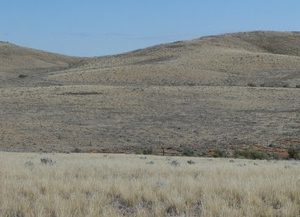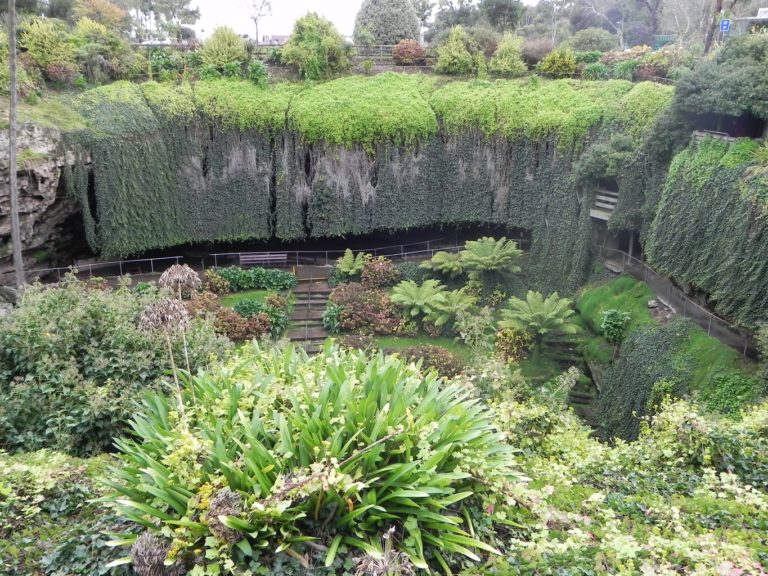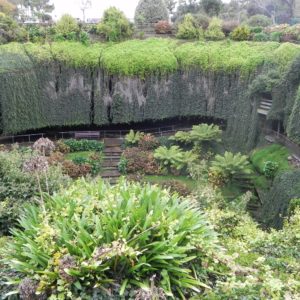Mittwoch 29. Juni 2011
Broken Hill - Silverton
Heute bin ich relativ früh los. Hier ist es schon ab 07:00 Uhr hell, da die Zeit eine halbe Stunde zurückgestellt ist, sie haben hier Adelaide Central time.
Mit dem Auto hinaus in die Weite, zum ersten Mal habe ich den Eindruck wirklich draußen zu sein und nicht permanent in Kulturland. Obwohl auch hier Zäune zu sehen sind und immer wieder Spuren menschlicher Aktivitäten, diese sind aber nicht mehr dominant.
Silverton eine verlassene und abgebaute Minenstadt, von der wirklich nur noch einzelne Häuser stehen. Das spannendste hier: Mad Max der Film wurde wohl hier draußen gedreht und es gibt ein Museum: Mad Max II
Zwei Typen aus Sydney getroffen, auch sie sagen Lake Eire ist zur Zeit wohl das Interessanteste, da zum ersten Mal seit 15 Jahren voll mit Wasser und ganz vielen Tieren.
Abends Superessen und Kaminfeuer dabei TV und Bildbearbeitung.
Schlagwort: hell
Travelling from Mount Gambier to Adelaide
Sunday 19th of June 2011
Mount Gambier
I visited the Umperthon sink-hole by push bike I could hire in the public library for free. But it had a flat tire right there, so I walked all the way back and decided to read magazines until it was time to move.
Sitting in the library I had a tea and some reading in a magazine about stray bail houses and energy efficient reconstruction of old small houses.
Raining like hell outside at the moment.
The bus comes 14:45 I got to move soon.
Sonntag, 19.06.2011
Mount Gambier - Adelaide
Jetzt bin ich etwas frustriert und aus dem Konzept, da ich den Zug heute verpasst habe, ich hatte 12:30 pm als Mitternacht interpretiert, aber es soll wohl Mittags gewesen sein.
Jedenfalls sitze ich jetzt hier in Adelaide mindestens 3 Tage fest, da der nächste Zug erst dann wieder fährt und die Frage ist auch noch, ob ich überhaupt umbuchen kann.
Keine Ahnung was ich jetzt die nächsten Tage mache ...
Category description
From Middle English helle, from Old English hel, hell, helle “nether world, abode of the dead, hell”
Proto-Germanic *haljō “nether world, concealed place”
Proto-Indo-European *kel- “to cover, conceal, save”.
Cognate Dutch hel “hell”,
German Hölle “hell”,
Icelandic hel “the abode of the dead, death”.
Also related to the Hel of Germanic mythology.
In many religious traditions, a hell is a place of suffering and punishment in the afterlife. Religions with a linear divine history often depict hells as endless. Religions with a cyclic history often depict a hell as an intermediary period between incarnations. Typically these traditions locate hell under the Earth’s external surface and often include entrances to Hell from the land of the living. Other afterlife destinations include Heaven, Purgatory, Paradise, and Limbo.
Other traditions, which do not conceive of the afterlife as a place of punishment or reward, merely describe hells as an abodes of the dead – a neutral place located under the surface of Earth for example, see sheol and Hades. Modern understandings of hells often depict them abstractly, as a state of loss rather than as fiery torture literally underground, but this view of the concept of a hell can, in fact, be traced back into the ancient and medieval periods as well.[citation needed] Hell is sometimes portrayed as populated with demons who torment those dwelling there. Many are ruled by a death god such as Nergal, Hades, Enma or the Christian and Islamic Devil, Satan or Lucifer. In Islam, the Devil does not actually reside in Hell.



